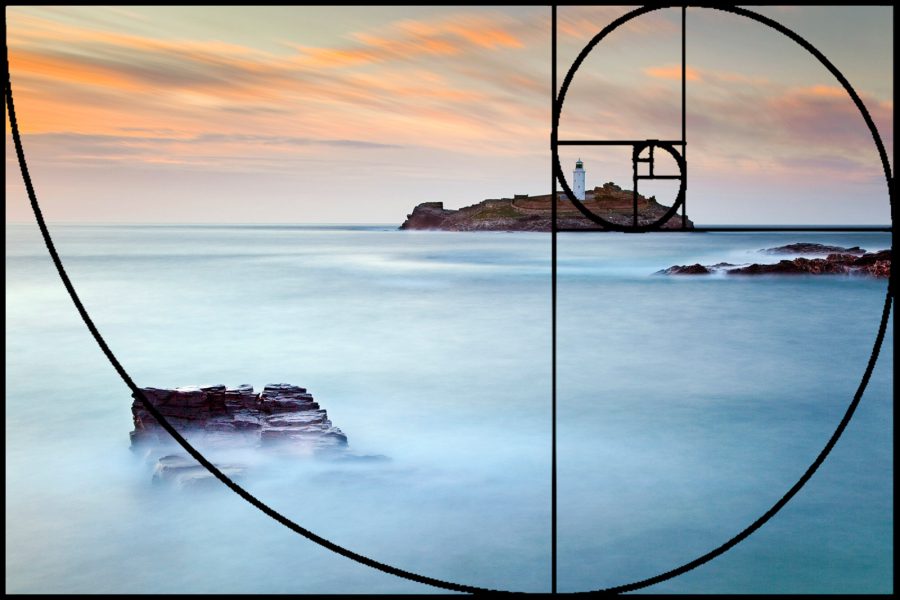Compositional Rules For Photography
Compositional Rules For Photography - Photography is an art, a passion, and a profession for many people. Whether it’s capturing the beauty of nature, moments of joy with family and friends, or a professional photoshoot, composition plays an essential role in creating photographs that are visually stunning and captivating. If you’re looking to improve your photography skills, then understanding the rules of composition is the first step. Here are five essential compositional rules for photography that every photographer should know.
Rule 1: The Rule of Thirds
What is it?
The rule of thirds is the most fundamental compositional rule in photography. It involves dividing an image into thirds—both horizontally and vertically—creating nine equal parts. The idea is to place the subject of the photograph off-center, using the lines and intersections of the grid to create visual interest and balance.

How to use it?
To apply the rule of thirds, you need to turn on the grid feature on your camera or smartphone. When you’re framing the shot, place the subject along the lines or at an intersection point. For example, if you’re taking a portrait, place the person’s eyes at one of the intersecting points on the grid. By doing so, you’ll create a visually interesting and balanced photograph.
Rule 2: Symmetry and Patterns
What is it?
Symmetry and patterns are another critical compositional element in photography. It involves creating a balanced image by placing the subject or object in the center of the frame or using repetitive patterns to create symmetry.

How to use it?
To use symmetry and patterns in your photographs, look for repeating shapes or lines in your subject, such as a bridge or building. Or place the subject in the center of the frame, creating symmetry. This technique is very effective in landscape photography, where capturing a symmetrical composition can create a sense of calm and tranquility.
Rule 3: Leading Lines
What is it?
Leading lines are a compositional technique that uses lines to lead the viewer's eyes through the photograph, creating a sense of depth and movement.

How to use it?
To use leading lines in your photographs, look for lines that naturally lead the viewer's eyes to the subject, such as a road, river, or buildings. Be sure to compose the photograph so that the lines start at the bottom of the frame and lead to the subject. This technique works very well in landscape photography and can create a strong sense of depth and movement.
Rule 4: Framing
What is it?
Framing is a compositional technique that uses elements in the photograph to create a frame around the subject. This technique creates a sense of depth and draws the viewer's eyes to the subject.

How to use it?
To use framing in your photographs, look for natural objects that can be used to create a frame around the subject. For example, use an archway or tree branches to create a natural frame around a portrait. This technique is very effective in portrait photography and can add depth and interest to the image.
Rule 5: Simplify the Scene
What is it?
Finally, simplifying the scene is a compositional technique that involves removing any unnecessary elements from the photograph to create a clean and uncluttered image, allowing the viewer to focus on the subject.
How to use it?
To simplify the scene, focus on the subject and remove any elements that don’t add to the photograph. This technique works well in all types of photography, from portraits to landscapes, and can create a powerful and captivating image.
By mastering these five compositional rules, you can take your photography to the next level. But remember, these are just guidelines, and there are times when breaking the rules can result in a stunning photograph. Don’t be afraid to experiment and try new things. With practice and patience, you’ll develop your own unique style and create photographs that are truly works of art.
Read more articles about Compositional Rules For Photography
Post a Comment for "Compositional Rules For Photography"